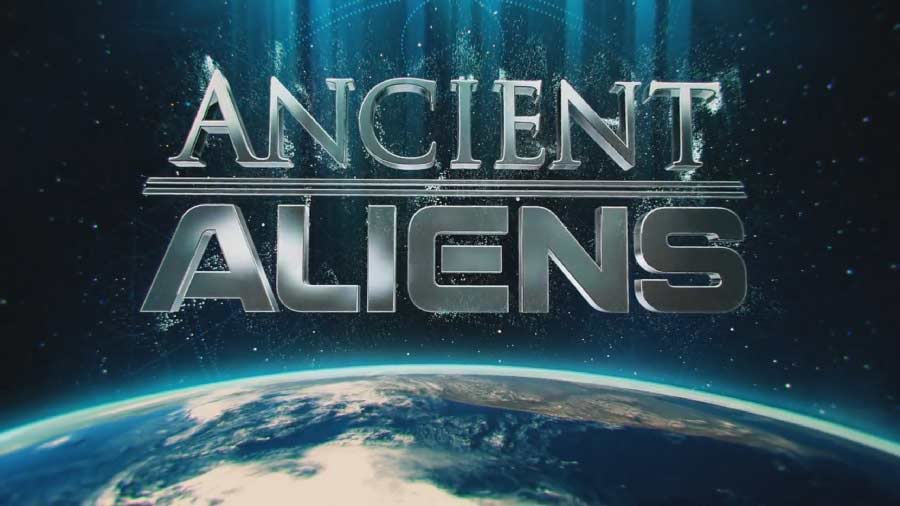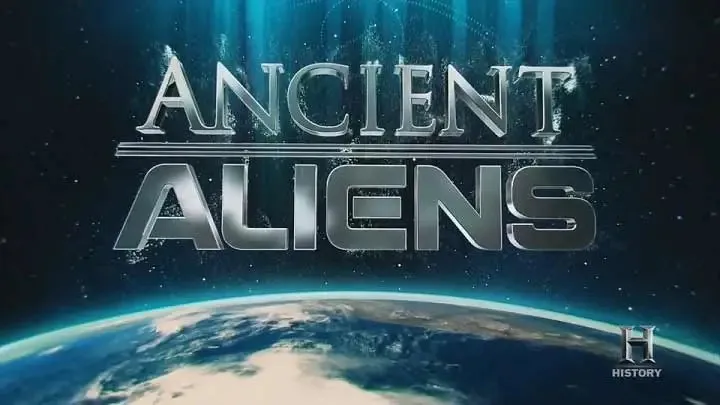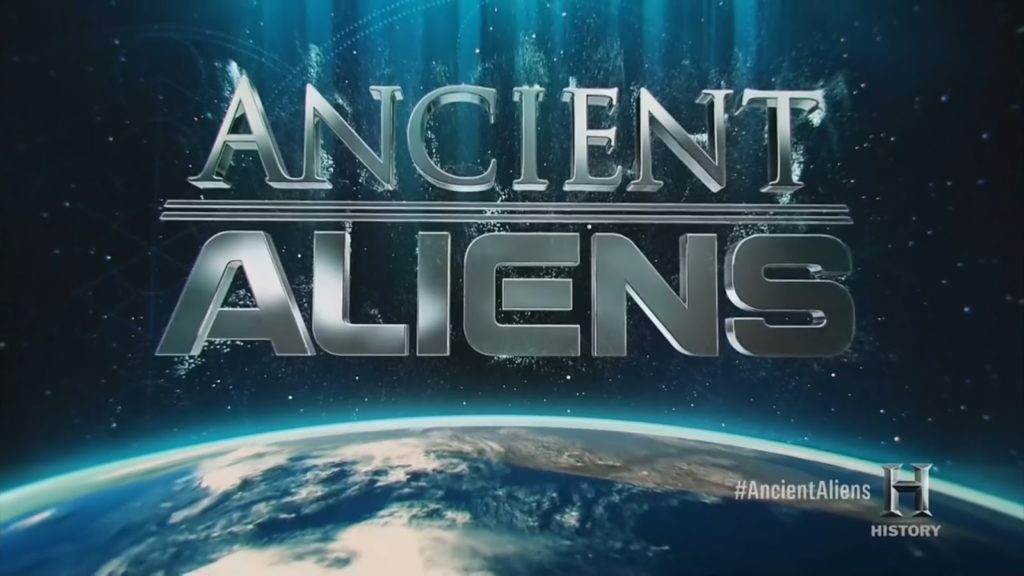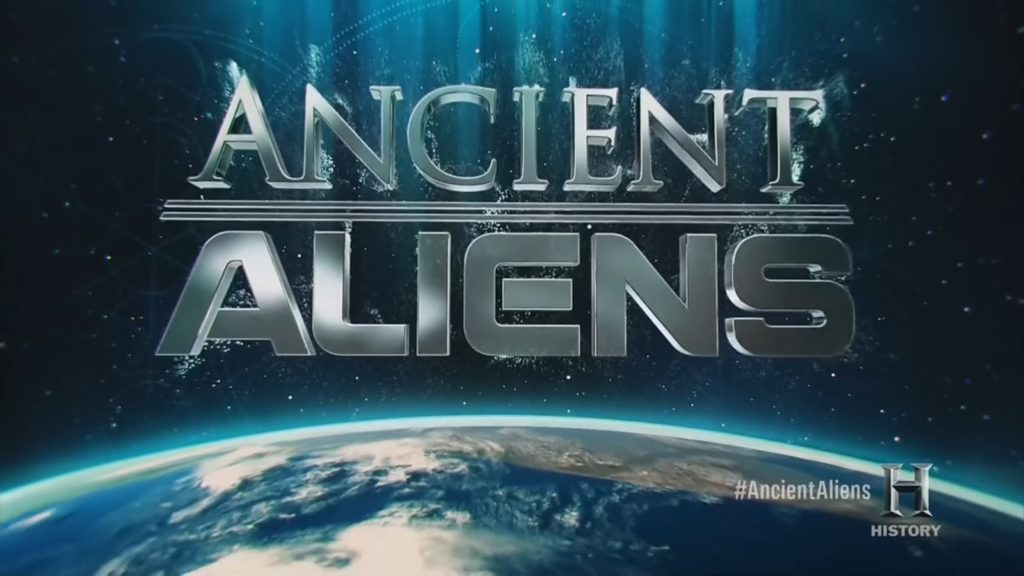Ancient Aliens – The Pharaoh’s Curse: According to legend, an ancient curse was placed upon the tomb of King Tutankhamun, and when that tomb was opened in 1922, a series of terrible events occurred. A curse was also placed on King Tut’s father Akhenaten, and during the rehearsal of a play dramatizing the lifting of this curse, similar tragedies followed.
Could a curse truly exist, but in the form of alien technology that is protecting an incredible secret about our past? Is there hidden power in the words inscribed on so-called “magic bricks” found in King Tut’s tomb, or in those contained in the play to lift Akhenaten’s curse that are connected to some extraterrestrial force? Ancient Astronaut theorists suggest that The Pharaohs’ Curse was put in place to protect not only the truth about an otherworldly event in our past, but also an extraterrestrial device–a device that some believe still exists today, buried deep beneath the Earth… on Oak Island.
Ancient Aliens is an American television series that premiered on April 20, 2010, on the History channel. Produced by Prometheus Entertainment in a documentary style, the program presents hypotheses of ancient astronauts and proposes that historical texts, archaeology, and legends contain evidence of past human-extraterrestrial contact. The show has been widely criticized by historians, cosmologists, archaeologists and other scientific circles for presenting and promoting pseudoscience, pseudohistory and pseudoarchaeology.
Ancient Aliens – The Pharaoh’s Curse
The curse of the pharaohs or the mummy’s curse is a curse alleged to be cast upon anyone who disturbs the mummy of an ancient Egyptian, especially a pharaoh. This curse, which does not differentiate between thieves and archaeologists, is claimed to cause bad luck, illness, or death. Since the mid-20th century, many authors and documentaries have argued that the curse is ‘real’ in the sense of having scientifically explicable causes such as bacteria or radiation.
However, the modern origins of Egyptian mummy curse tales, their development primarily in European cultures, the shift from magic to science to explain curses, and their changing uses—from condemning disturbance of the dead to entertaining horror film audiences—suggest that Egyptian curses are primarily a cultural, not exclusively scientific, phenomenon.
There are occasional instances of genuine ancient curses appearing inside or on the façade of a tomb, as in the case of the mastaba of Khentika Ikhekhi of the 6th Dynasty at Saqqara. These appear to be directed towards the ka priests to protect the tomb carefully and preserve its ritual purity rather than as a warning for potential robbers.
There had been stories of curses going back to the 19th century, but they multiplied after Howard Carter’s discovery of the tomb of Tutankhamun. Despite popular misconceptions, no curse was found inscribed in the Pharaoh’s tomb. The evidence for curses relating to Tutankhamun is considered to be so meager that Donald B. Redford viewed it as “unadulterated claptrap”.





Pingback: Ancient Aliens - The Science Wars — HDclump — Conspiracy
Pingback: Ancient Aliens - City of the Gods — HDclump — Conspiracy
Pingback: Ancient Aliens - The Alien Frequency — HDclump — Conspiracy
Pingback: Ancient Aliens - The Majestic Twelve — In 1984, a 35mm film surfaced ....